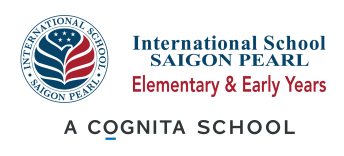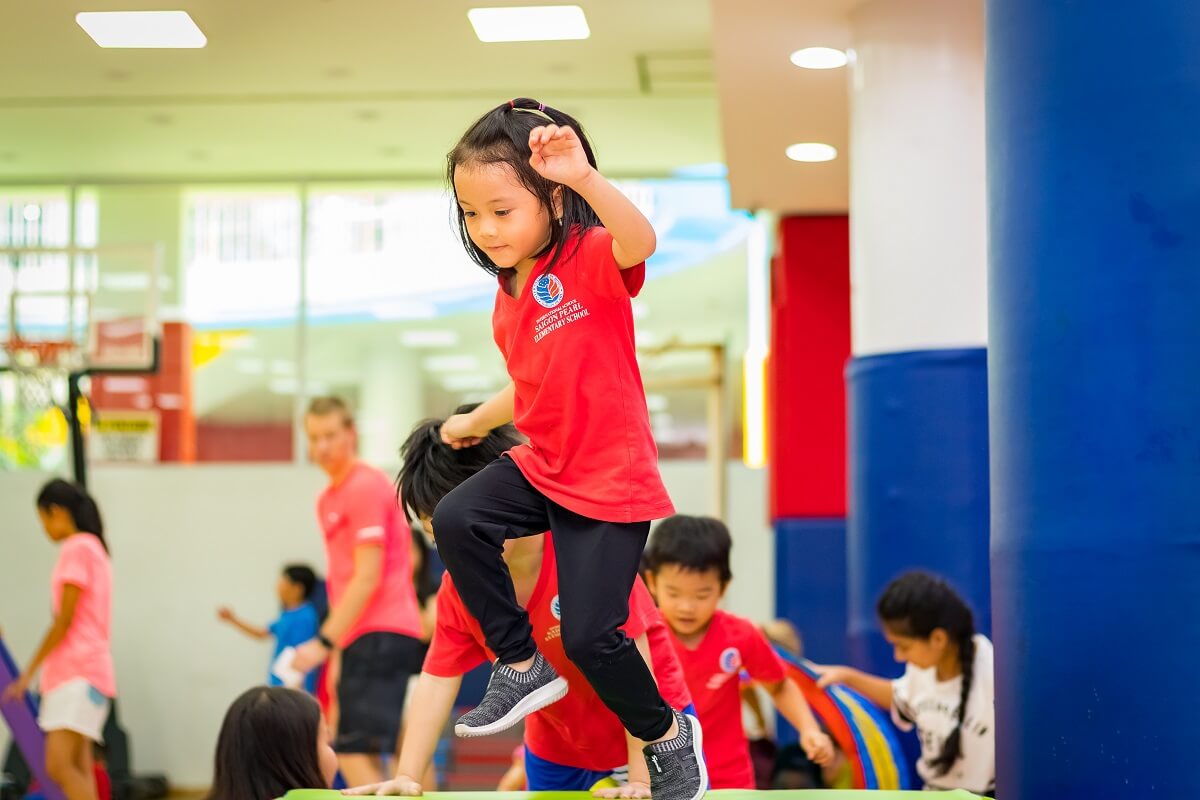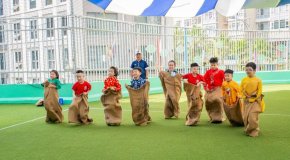Gaining motor skills is only one piece of children’s development. Both fine and gross motor skills are a significant part of kids’ development and autonomy. Having great motor control assists youngsters in investigating their general surroundings and furthermore assists with their intellectual advancement.
As you may have noticed above, there are two classes of motor skills: gross motor skills and fine motor skills. Gross motor skills are those associated with the bigger muscles in the body, for example, legs, arms, and so forth. Fine motor skills involve smaller muscles like those in the wrist, and eyes — also referred to as hand-eye-coordination.
Usually, kids build up certain motor skills at set ages, however, it is important to keep in mind that each child is different — thus they will hit these goals at slightly different times.
For example with fine motor skills, at six-months-old, children should be able to reach for toys utilizing their arms and start to move objects from one hand to the next. By a year old, they’re able to feed themselves with their hands, build up a pincer grip (utilizing forefinger and thumb to get a handle on items) and start to show an inclination for one hand over the other.
With gross motor skills, by six months of age they can bolster their own head in a sitting position and rollover, and by a year old, sit without help, crawl, and pull themselves up from a sitting to a standing position.
As kids grow up, especially during their pre-school years, fine motor skills additionally provide new ways to explore, learn, and creatively express themselves. Truth be told, research shows that focusing on rote learning exercises — retention of letters and numbers, for example — is far less valuable at this phase than developing fine motor skills and dexterity. These abilities — as opposed to counting or saying the alphabet in order — establish the framework for scholastic learning in later years.
When figuring out how to write or draw, for instance, a youngster’s hand must be solid and stable enough to hold a pencil for a significant stretch of time. In the event that they are to successfully partake in school sports, games, or other active exercises, at that point dexterity and coordination must be at an acceptable level.
The most ideal approach to help advance these and other hand-related skills is to give the kid a wide variety of materials to control as their creative mind directs. There is a variety of good options available, such as blocks (particularly the interlocking kinds like Legos, Tinker Toys, and the like), washable markers or paints, glue, clay, an easel, paper, safety scissors, and coloring books.
If you want more advice on how to achieve the above with your child or want to learn how ISSP incorporates motor skills development into its Early Years program, please contact our admissions team for further assistance.







